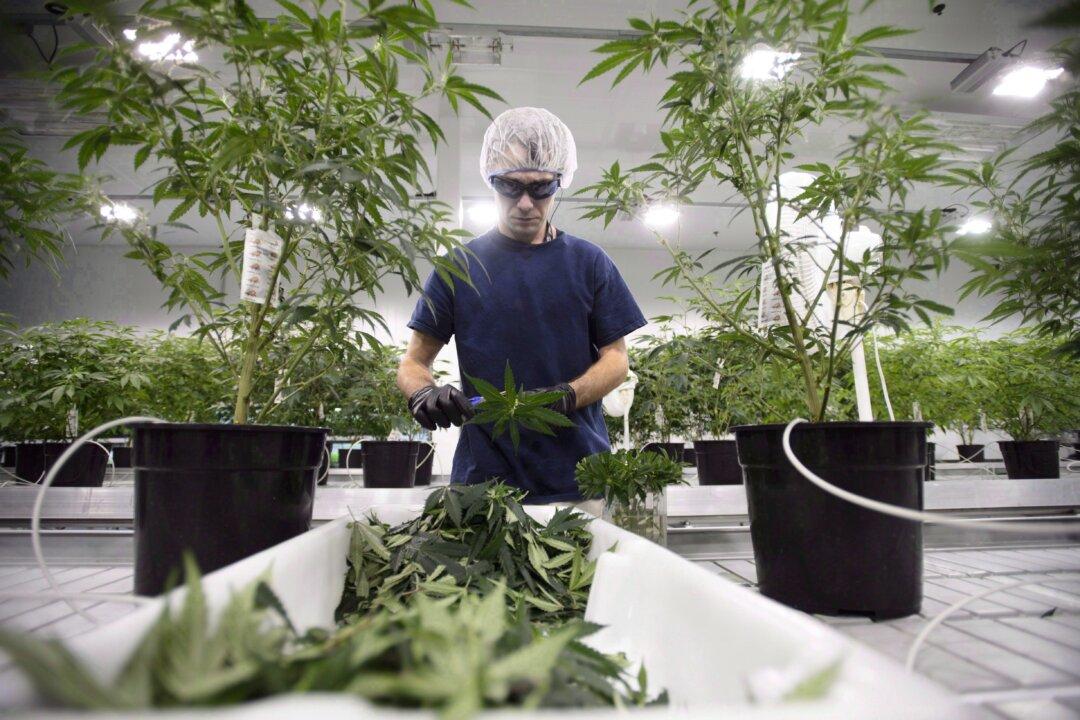The business world is salivating at the potential $22.6 billion recreational marijuana market in Canada, with more new pot users expected after legalization on Oct. 17. But public-health officials want to remind Canadians that cannabis is a drug that can be addictive—contrary to popular belief.
Currently 22 percent of the adult population consumes recreational marijuana in Canada, but a further 17 percent show a willingness to try it once it’s legal. If that happens, the pot industry would eclipse the sales of beer, wine, and spirits combined, a 2016 Deloitte report suggests.






